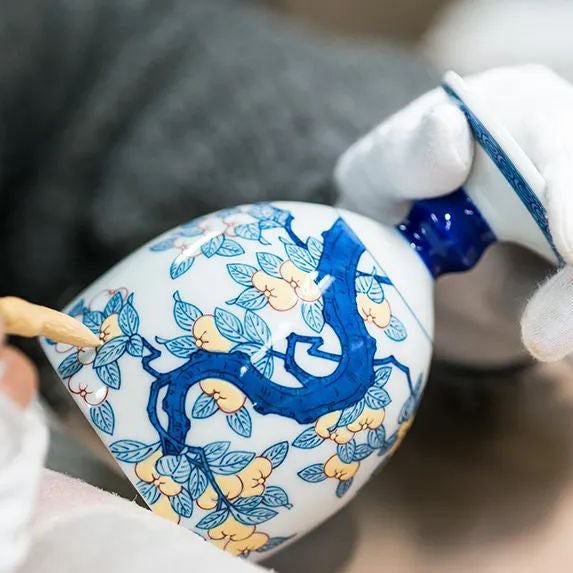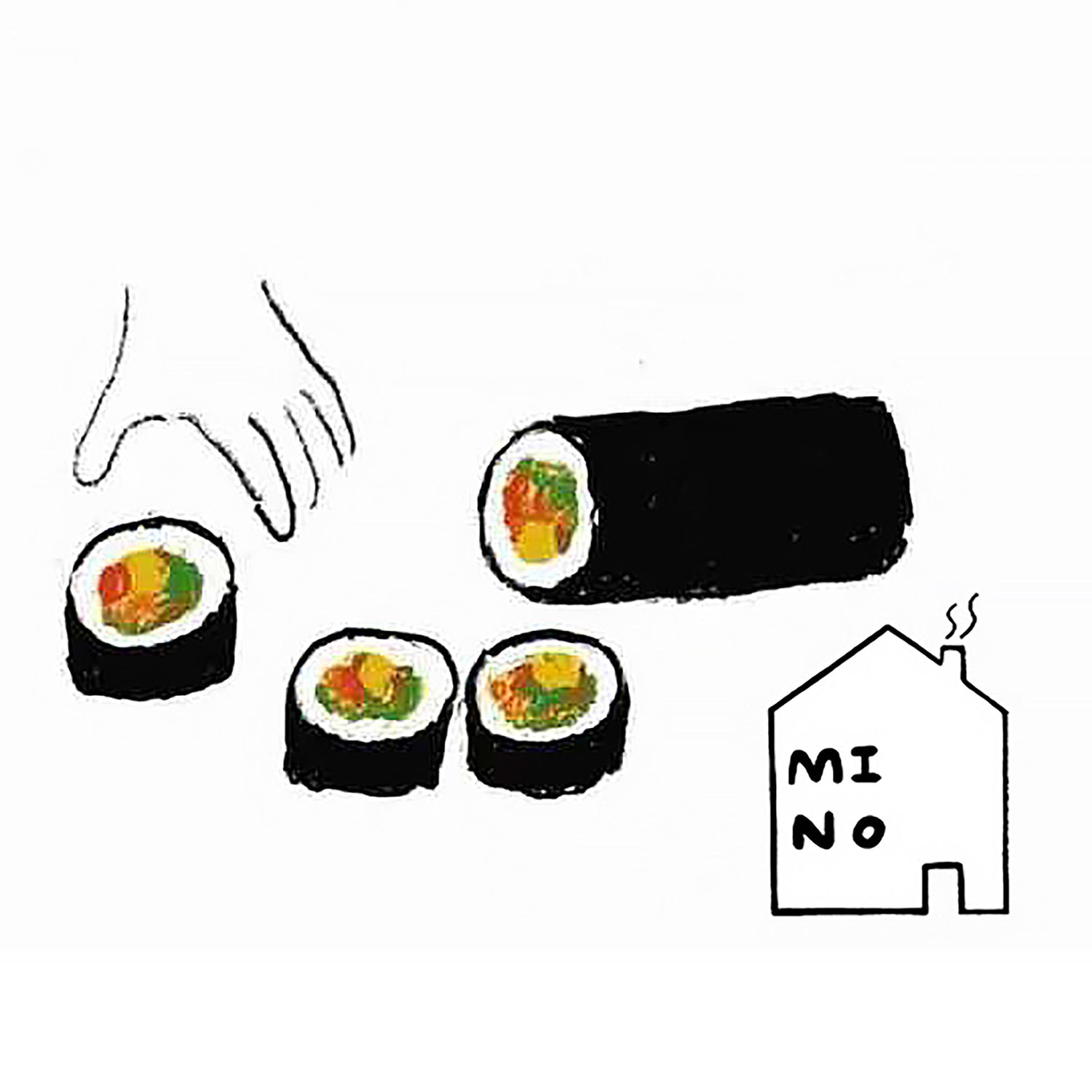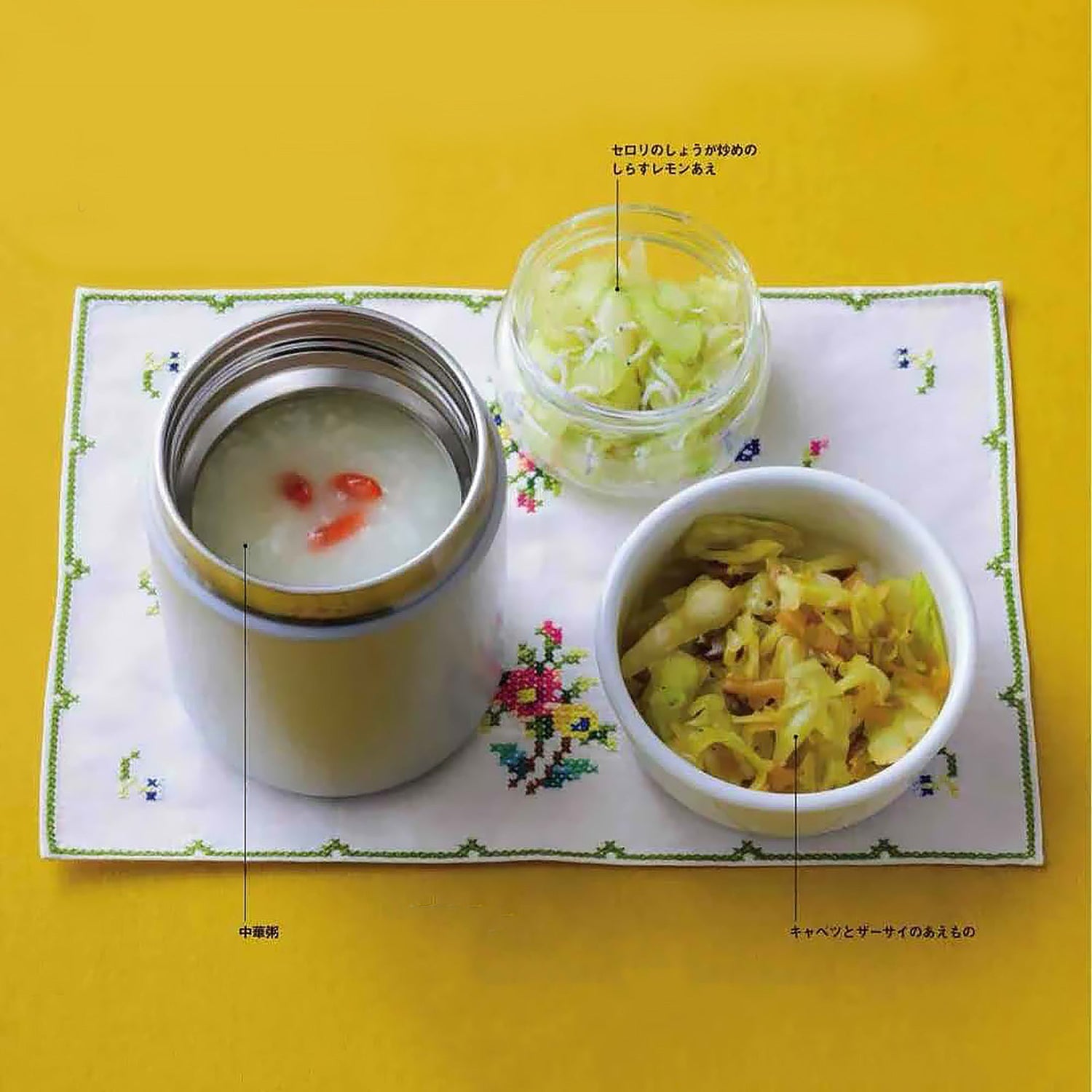Between Arita and Kami-Arita Stations on JR Kyushu's Sasebo Line, rows of chimneys bear witness to the centuries-old history of Arita-yaki. This porcelain, designated a traditional craft in 1977, is known abroad as "Imari-yaki". Discovered in the 17th century, ceramic stone enabled the development of Arita-yaki, which, by the end of the century, was exported via the port of Imari to Europe, forging its international reputation. Even today, "Imari-yaki" remains a symbol of prestige and know-how.

-
The Izumiyama mining site, discovered in 1616 by Korean potter Ri Sampei, has been the source of the ceramic stone used for Arita-yaki, which gave rise to the first Japanese porcelain, for 400 years.

-
Tokoyama Shrine, dedicated to the "father of ceramics" Ri Sampei.
The appeal of Arita-yaki lies in its lightness and thinness, with a texture as smooth as glass, while being extremely durable. Hard-wearing and not very absorbent, it is ideal for use in the kitchen. In addition, thanks to its exceptional transparency, this porcelain highlights colors such as blue, red, yellow and gold, making each piece particularly vibrant in everyday life.


A bowl is used every day, it is a utensil that makes rice even tastier. A familiar, practical and pleasant to use bowl allows you and your family to enjoy every meal with even more pleasure.

Tea services, in moments of relaxation in the middle of busy days, allow everyone, alone or with family, to enjoy a moment of tea which restores energy and vitality to life.
The process of making Arita-yaki
In the Okawachiyama area, there are many craft workshops where you can observe the meticulous work of artisans. Among them, the Hataman Toen kiln, founded in 1926, continues a tradition of excellence and is renowned for its intricate and refined designs. The products produced there range from practical cups to elegant perfume bottles, each featuring incredible finesse and strikingly beautiful enamels.










